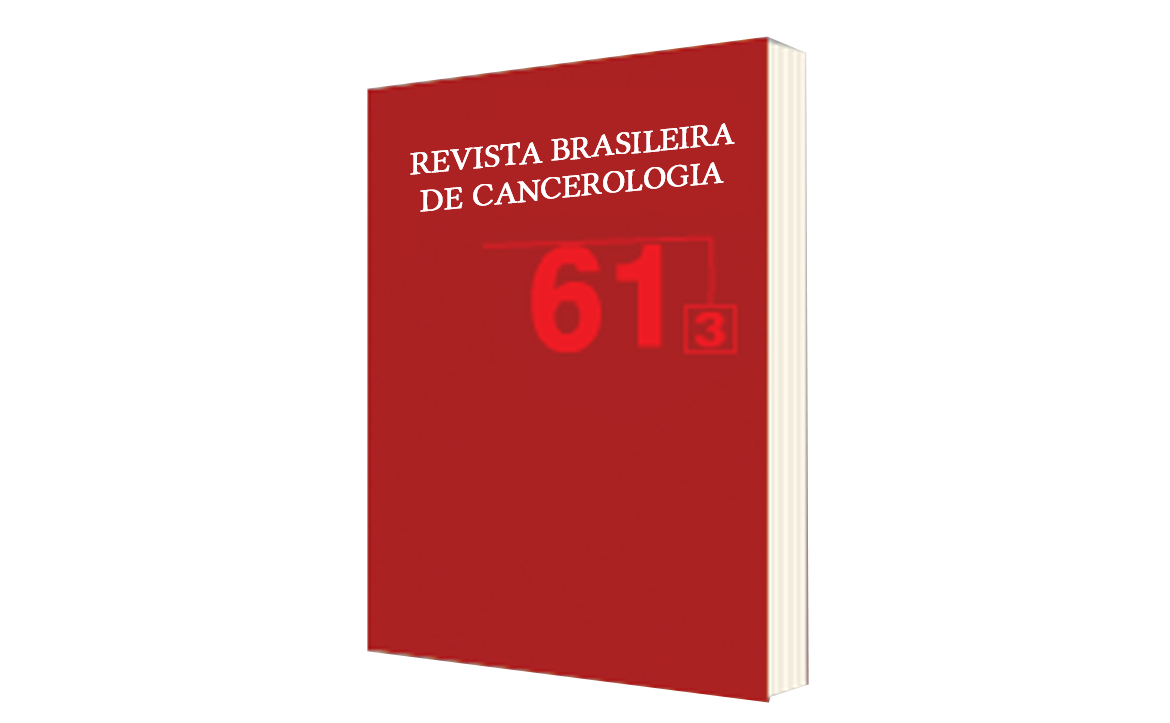Nutritional Status of Patients with Cancer of the Oral Cavity in Antineoplastic Pretreatment
DOI:
https://doi.org/10.32635/2176-9745.RBC.2015v61n3.255Keywords:
Mouth Neoplasms, Nutritional Status, Outpatients, Nutrition AssessmentAbstract
Introduction: Patients with this cancer often have many nutritional impact symptoms. Nutritional assessment enables detection and management of these symptoms that should be performed before, during and after their treatment. Objective: The aim of this work is to characterize the nutritional status of patients with cancer of the oral cavity in antineoplastic pre-treatment, to investigate the changes that compromise food intake and to assess the nutritional status of this population, targeting intervention as early as possible, providing greater tolerance of the antineoplastic treatment and preventing malnutrition. Method: This work consisted in a cross-sectional study of 29 individuals of both sexes, aged between 30 and 75 years, with oral cavity cancer in antineoplastic pre-treatment. The nutritional profiles of these patients were analyzed according to the symptoms reported; weight loss, diet consistency, number of daily meals, biochemical, anthropometric and bioelectrical impedance. Results: Most of the patients were in clinical stage IV (65.5%), had developed at least two symptoms of nutritional impact (85.2%) and had had severe weight loss in six months (56.5%). The arm muscle circumference and corrected arm muscle area were the anthropometric parameters that classified the largest number of the patients in malnutrition. Conclusion: Unintentional weight loss, difficulty swallowing and reduced food intake were observed in a large proportion. The prevalence of malnutrition was high and varied according to parameter, emphasizing that assessment methods should be used in a complementary way.









